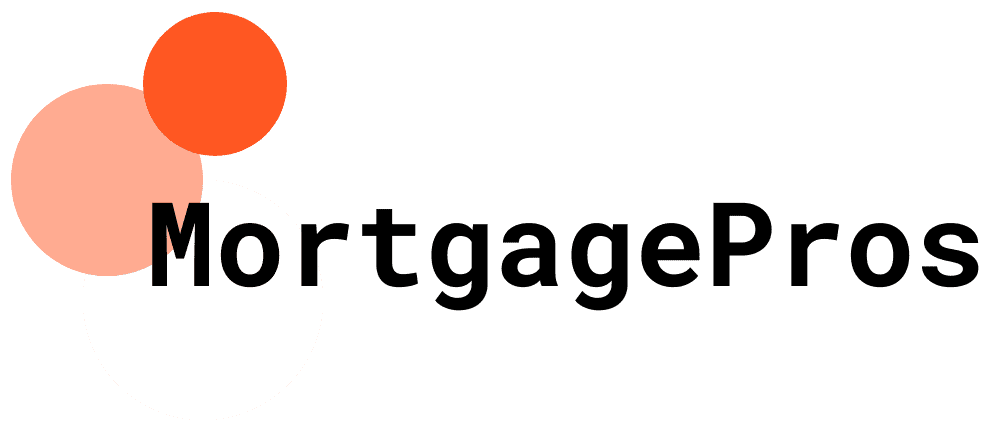As a homeowner or aspiring homebuyer, understanding the concept of “mortgage movement” is crucial in making informed decisions about your home loan. Mortgage movement refers to the fluctuations in mortgage interest rates, which can have a significant impact on your borrowing costs and overall financial planning. In this article, I will guide you through the intricacies of mortgage movement, how it affects your mortgage rates, and strategies to navigate this dynamic landscape. Let’s delve into the world of mortgage movement!
What is Mortgage Movement?
Mortgage movement, also known as rate movement or interest rate movement, refers to the changes in mortgage interest rates over time. Mortgage interest rates are influenced by a variety of economic factors, including market conditions, inflation, central bank policies, and the overall state of the economy.
Mortgage movement is dynamic and can occur daily, weekly, or monthly, depending on the prevailing economic conditions and other relevant factors. These rate fluctuations can impact the cost of borrowing for both new homebuyers seeking a mortgage and existing homeowners looking to refinance their loans.
Factors Affecting Mortgage Movement
Mortgage movement is influenced by several key factors, each of which plays a role in determining the direction and extent of rate changes. Some of the primary factors affecting mortgage movement include:
1. Economic Indicators
Economic indicators, such as gross domestic product (GDP), employment data, and consumer price index (CPI), provide insights into the overall health of the economy. Positive economic indicators can lead to increased demand for borrowing, pushing mortgage rates higher. Conversely, weak economic data can prompt lower rates to stimulate borrowing and spending.
2. Central Bank Policies
Central banks, such as the Federal Reserve in the United States, play a critical role in setting short-term interest rates. Changes in the benchmark interest rate, also known as the federal funds rate, can influence mortgage rates. For example, when the central bank raises interest rates, mortgage rates often follow suit, as lenders adjust their rates to reflect the changing cost of borrowing.
3. Inflation Expectations
Inflation expectations can impact mortgage rates. When inflation is expected to rise, lenders may raise interest rates to protect against the eroding purchasing power of future loan repayments. On the other hand, lower inflation expectations may lead to lower mortgage rates to encourage borrowing and spending.
4. Market Sentiment
Market sentiment, investor behavior, and global economic events can also influence mortgage movement. Economic uncertainty or geopolitical events can cause investors to seek safer investments, such as bonds, which can drive down mortgage rates. Conversely, positive economic news or optimistic market sentiment can lead to higher rates as investors pursue riskier assets.
The Impact of Mortgage Movement on Borrowers
Mortgage movement can have a significant impact on borrowers, affecting their borrowing costs, affordability, and overall financial planning. Here’s how mortgage movement impacts homeowners and homebuyers:
1. Mortgage Affordability
Changes in mortgage rates can directly impact the affordability of homes for buyers. When rates rise, monthly mortgage payments increase, potentially reducing the purchasing power of buyers. Conversely, lower rates can make homes more affordable and enable buyers to qualify for larger loan amounts.
2. Refinancing Opportunities
Mortgage movement provides opportunities for existing homeowners to refinance their loans. When mortgage rates drop, homeowners may choose to refinance to a lower rate, reducing their monthly payments and potentially saving thousands of dollars over the life of the loan.
3. Financial Planning
For homeowners with adjustable-rate mortgages (ARMs), mortgage movement can impact future payments. If rates rise, ARMs may become more expensive, leading borrowers to consider refinancing into a fixed-rate mortgage for stability and predictability.
4. Home Equity Decisions
Mortgage movement can also impact home equity decisions. For homeowners considering a home equity loan or line of credit, the prevailing mortgage rates can affect the terms and interest rates for these additional loans.
Navigating Mortgage Movement
Navigating mortgage movement requires careful consideration and strategic decision-making. Here are some strategies to help you navigate the dynamics of mortgage rates:
1. Monitor Market Conditions
Stay informed about economic indicators, central bank announcements, and other factors that influence mortgage rates. Keeping an eye on market conditions can help you anticipate potential rate changes and make informed decisions about your home loan.
2. Timing Your Mortgage Decisions
Timing your mortgage decisions can be critical, especially when mortgage rates are volatile. For homebuyers, consider locking in a rate when you find a suitable mortgage offer. For homeowners, weigh the potential savings of refinancing against any associated costs and fees.
3. Work with a Reputable Lender
Choose a reputable lender who can guide you through the mortgage process and provide valuable insights on market conditions and rate trends. A knowledgeable lender can help you find the best mortgage options that align with your financial goals.
4. Be Prepared for Rate Fluctuations
Mortgage rates can fluctuate, sometimes unexpectedly. Be prepared for rate changes and have a financial contingency plan in place to adapt to potential adjustments in your monthly mortgage payments.
5. Consider Professional Advice
If you’re uncertain about mortgage movement and its impact on your finances, consider seeking advice from a financial advisor or mortgage professional. They can provide personalized insights and help you make sound decisions based on your financial situation and goals.
Conclusion
Mortgage movement is an integral part of the borrowing landscape, with its fluctuations influencing the cost of homeownership and financial planning. As a homeowner or homebuyer, being aware of mortgage movement and its impact on mortgage rates empowers you to make informed decisions about your home loan.
Whether you’re buying a new home or considering refinancing, understanding market conditions, timing your mortgage decisions wisely, and working with reputable professionals are essential strategies to navigate mortgage movement effectively. By staying informed and proactive, you can optimize your mortgage experience and achieve your homeownership and financial goals.



